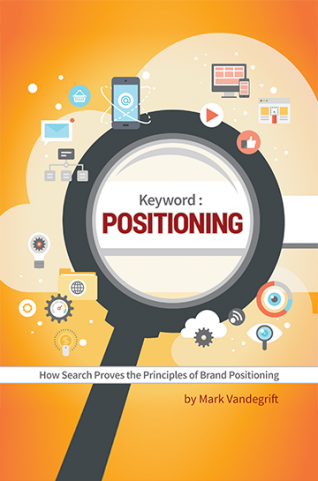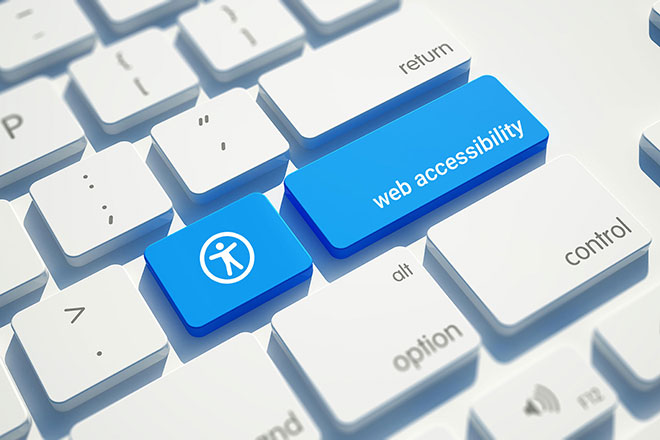A few years ago, we wrote about website accessibility and the attention it was gaining in the marketplace. Three years later, and the attention is at a fever pitch as companies of all sizes are having to place resources on it through social pressure and/or legal challenges. For those who previously engaged a website accessibility company like Innis Maggiore, the pressure has been replaced with standard business practice and restful nights’ sleep.
In that previous article, we provided context for the challenges, including financial loss due to limiting access to audiences who require accessibility, legal trouble by those who are filing legitimate or nuisance claims, and social backlash. These have not disappeared, and in fact, these are typically the reasons companies are finally being forced to sit up and take action.
However, a considerable majority of websites have yet to adopt any accessibility practices, or if they have, they’ve simply placed a Band-Aid on their issues by slapping some JavaScript on the site.
Per a local digital accessibility expert, James Warnken, “When you add a plug-in by way of a single line of JavaScript on the back end of your website and think that it's fully accessible, that's just not the case. Accessibility impacts people, and you can't truly validate that things are or are not accessible without people.”
What’s the point? People!
If a website accessibility company isn’t putting people first, then true website accessibility is probably not a true priority. When you look at the principles of accessibility, it’s clear that people are at the heart of the initiative.
On our recent Brand Shorthand podcast, James walked us through those primary principles that a credentialed website accessibility company should understand and have built into its testing framework:
- Perceivable: This aspect includes areas such as color contrast — is the text readable when it’s on a colored background, image, or video? Are there captions on audio or video files? What is the relationship between the information conveyed and the design that delivers it?
- Operable: Can the user operate the content with a keyboard, a touch device, or a mouse? This principle is where seizures and physical reactions are tested. Also, is there enough time for users who move a little slower or need a little bit of additional time to complete a function?
- Understandable: Can users understand what they're doing and why they're doing it? That's where forms and legal transactions and financial commitments matter, setting languages so that proper enunciation and pronunciation of words and phrases can be transferred and translated.
- Robust: With our current and future technology, will this work today, and will it continue to work tomorrow? Is it robust enough that a user can view it on all browsers, or is it required to use a single screen reader / browser combination to consume the content?
You’re only one breath from being disabled
While it seems morbid, it’s critical to ask yourself how far away you are from joining the disabled community. The answer is: one breath. A stroke. An accident. A disease. We’re all only one incident from needing assistive technologies to consume the digital content we’re accustomed to in our daily lives.
In an instant, accessibility could become the most important thing on your priority list. If you don’t believe this, put a blindfold on and see how quickly you care about your physical and digital spaces being accessible.
Presently, one in four Americans requires assistive technology of some sort. That means 25% of your audience, on average, may be limited in consuming your digital content. You might challenge this statistic, but ask yourself, are any of your own devices zooming in on the content so you can read the text? Many individuals dislike readers, so they keep their zoom at 200% or more. That means they are using assistive technology. So try this: zoom in 300%, 400%, or 500% on your website. Is it still readable? Can you get around the site without massive challenges and irritations?
Work with a website accessibility company
Website accessibility doesn’t need to be a bolt-on. When web design and development are done correctly, accessibility, much like SEO, can be built in from the start. You don’t need to consider it a separate initiative.
As James noted in the podcast, a website doesn’t have to cost double because of accessibility, unless you wait to address the issues after the fact. When SEO and accessibility are baked into the process, the cost of the site increases only slightly.
If you’re looking to improve your website accessibility, Innis Maggiore can help. Not only will we position your company, services, and products as different from your competition, we’ll also help you maximize your website’s accessibility to delight ALL the people who visit it!



